Santa Fe Art Auction is presenting American Legends of Ceramic Art 1975-185: The Barbara + Ed Okun Collection is o view 5 to 31 October, 2020. Click here to see the full catalog.
A quiet dynamic had taken root in American ceramics in the 1970’s, mainly unnoticed by the larger art world, but visible to those who paid attention. A bridled generation was unleashed with new ideas, concepts and directions in American ceramics. Ceramic art can be found in every art gallery and museum in 2020, often created by high profile artists with massive studios, offering ceramics among their oeuvre.

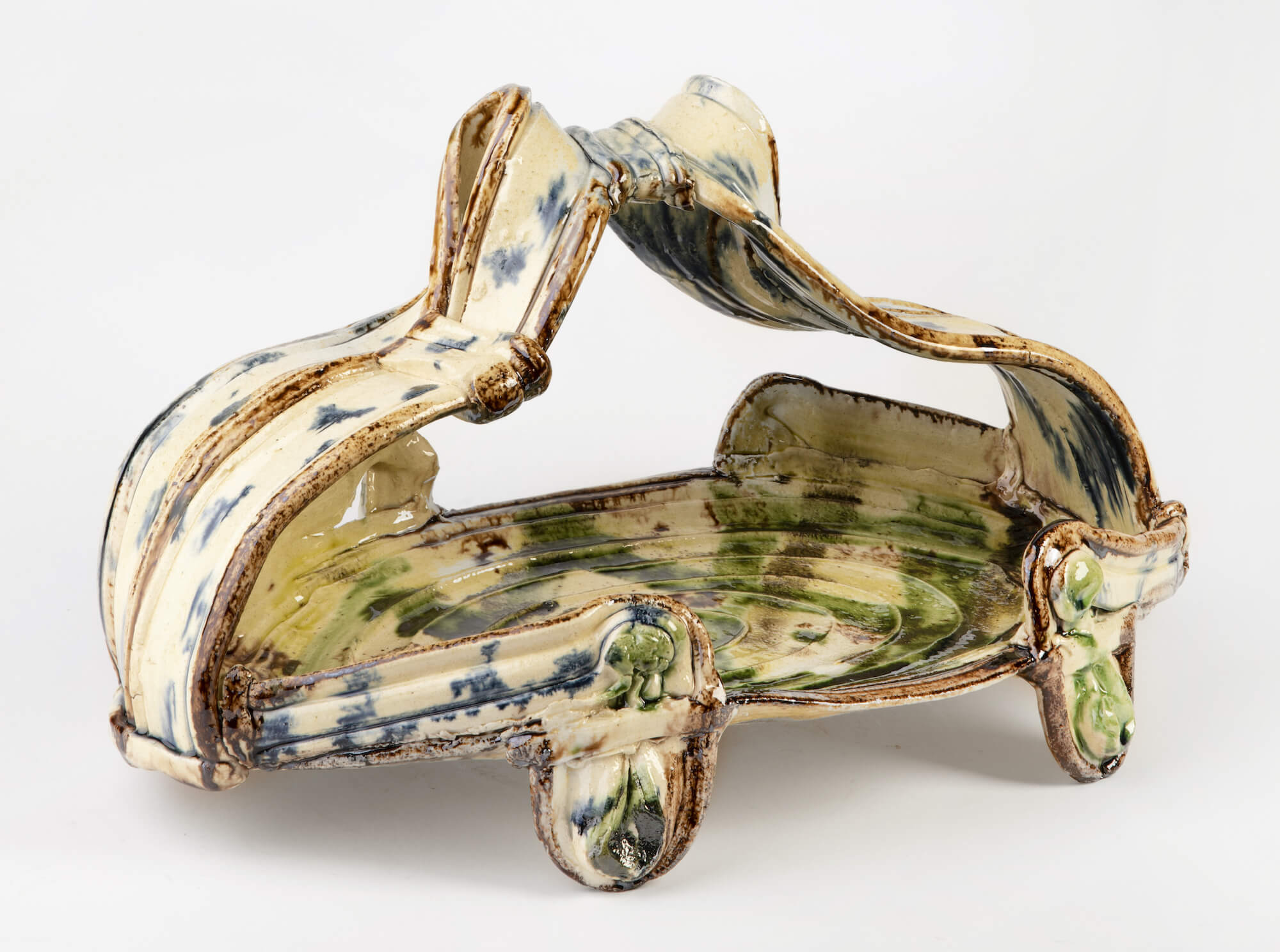

However these artists’ interest in ceramics grew from the foundation set by the hard and dedicated work of the “specialists,” a generation of creators who worked in only one material, striving for perfection and invention and respect as artists. Making pottery outside the perceived norm took courage. This was particularly true for the women artists. To even think that a “pot” could transcend its function was heresy. Sheer determination by this generation would finally change the country’s appreciation of ceramics forever and 21st century artists would reap the benefits.
It is no surprise that this group of artists were all born between the World Wars. By the late 1950’s there would evolve a new confidence among Americans, a “can do” approach and an optimistic forward outlook to the future. The artists working in clay would have had the same foundation of education and training: endless hours of wedging clay, preparing materials, grappling with the wheel, centering, the chemistry of glazing and controlling the firing.
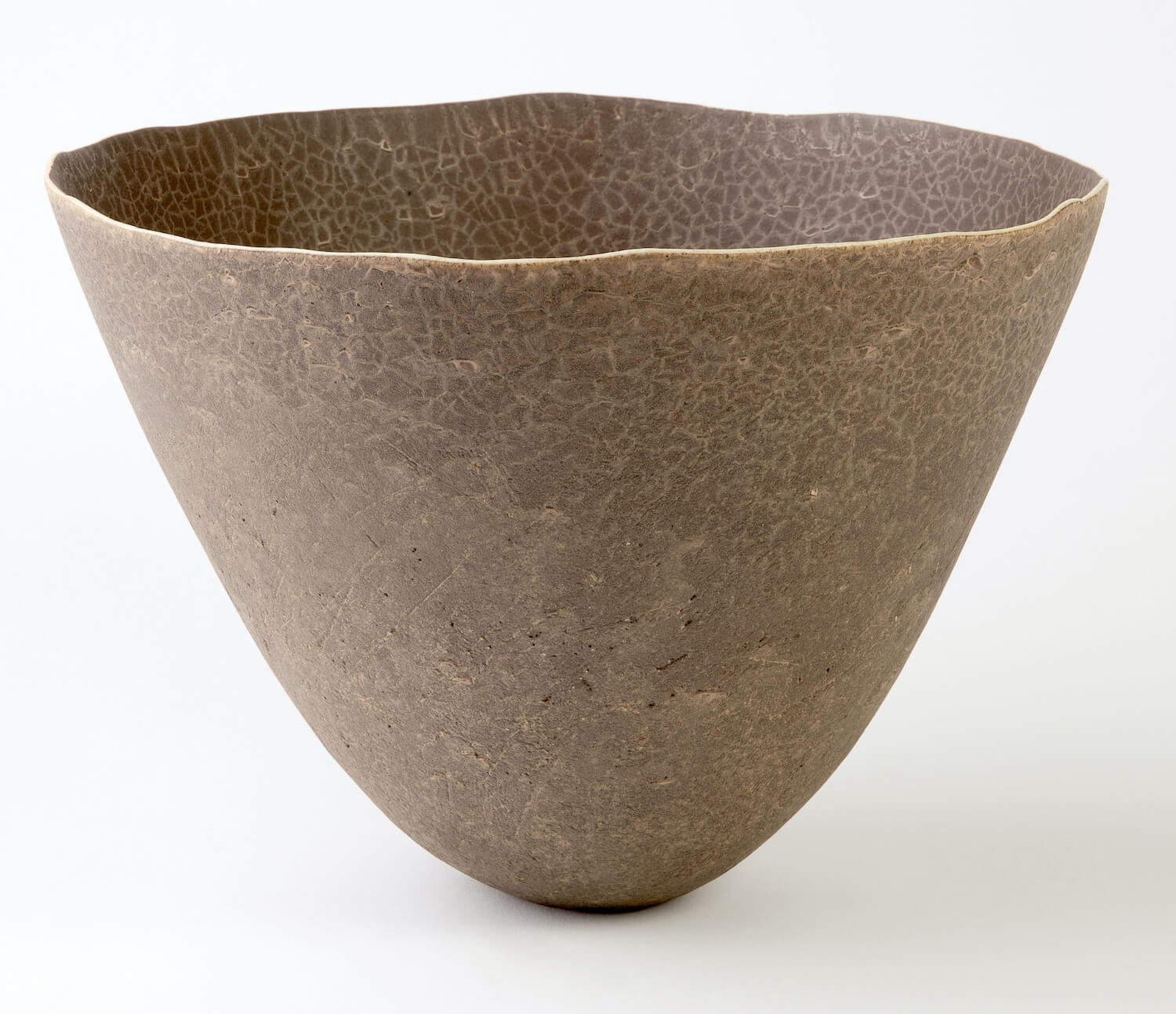
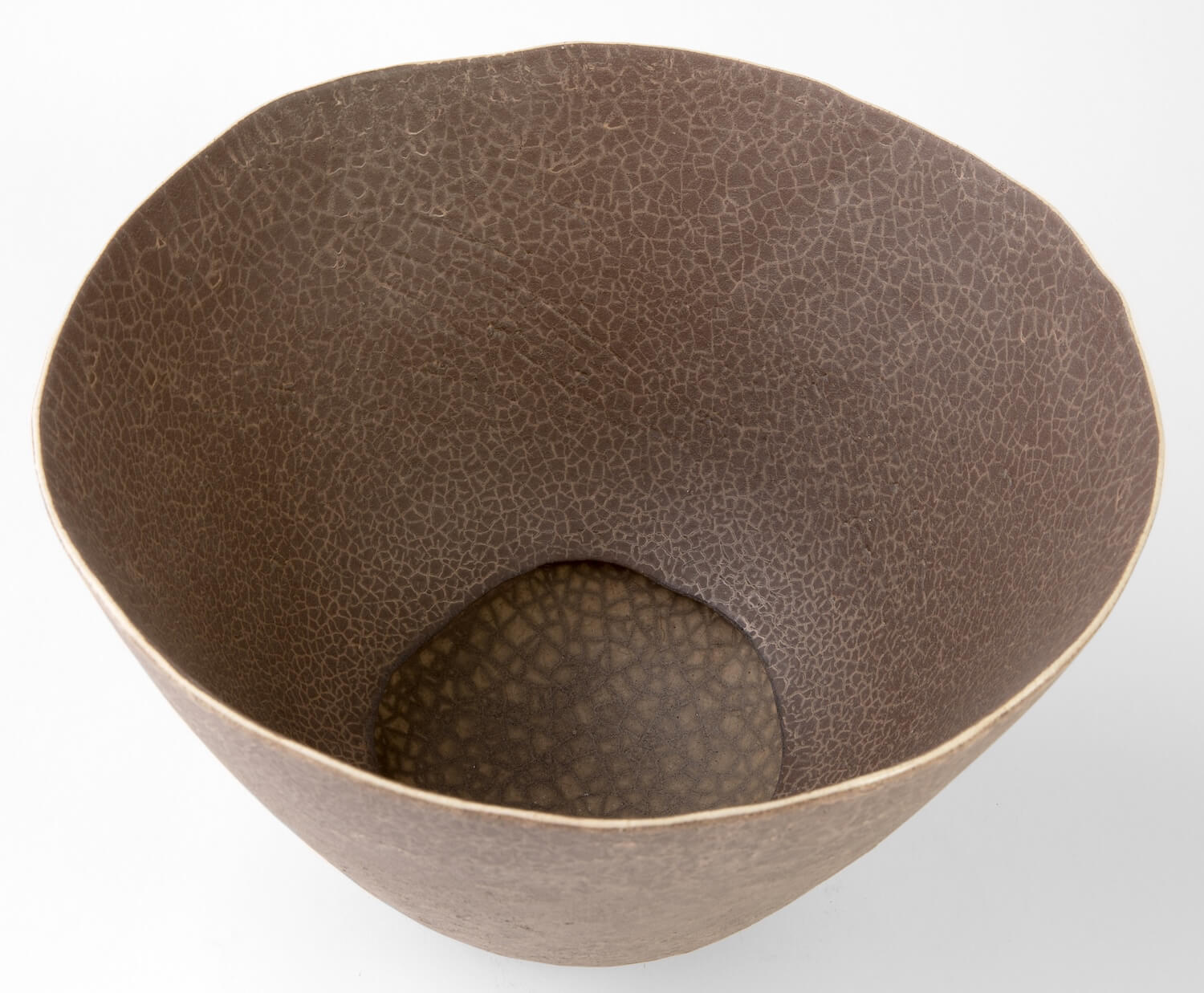
It took a lot of work just to become familiar enough with the material to then make it your own, if you could. For those who feel the power of the clay, there is no other material and their commitment is unwavering. Americans are mavericks, always ready to trailblaze and discover the next frontier, wanting more and willing to work for it. Most of all they want their voice recognized. To limit creativity is a sin and none of these artists was going to be that kind of sinner.
Coming into a new awakening, they were growing conceptually, while still having their hands firmly planted in the clay. There was no critical audience yet, no shadow hanging over them and influencing them in any way. They were filled with their own discipline and refined skills, and through simple “benign neglect” their creativity was pure. America was seeing the birth of its ceramic art. Exposure came next. Museums and curators were ready.
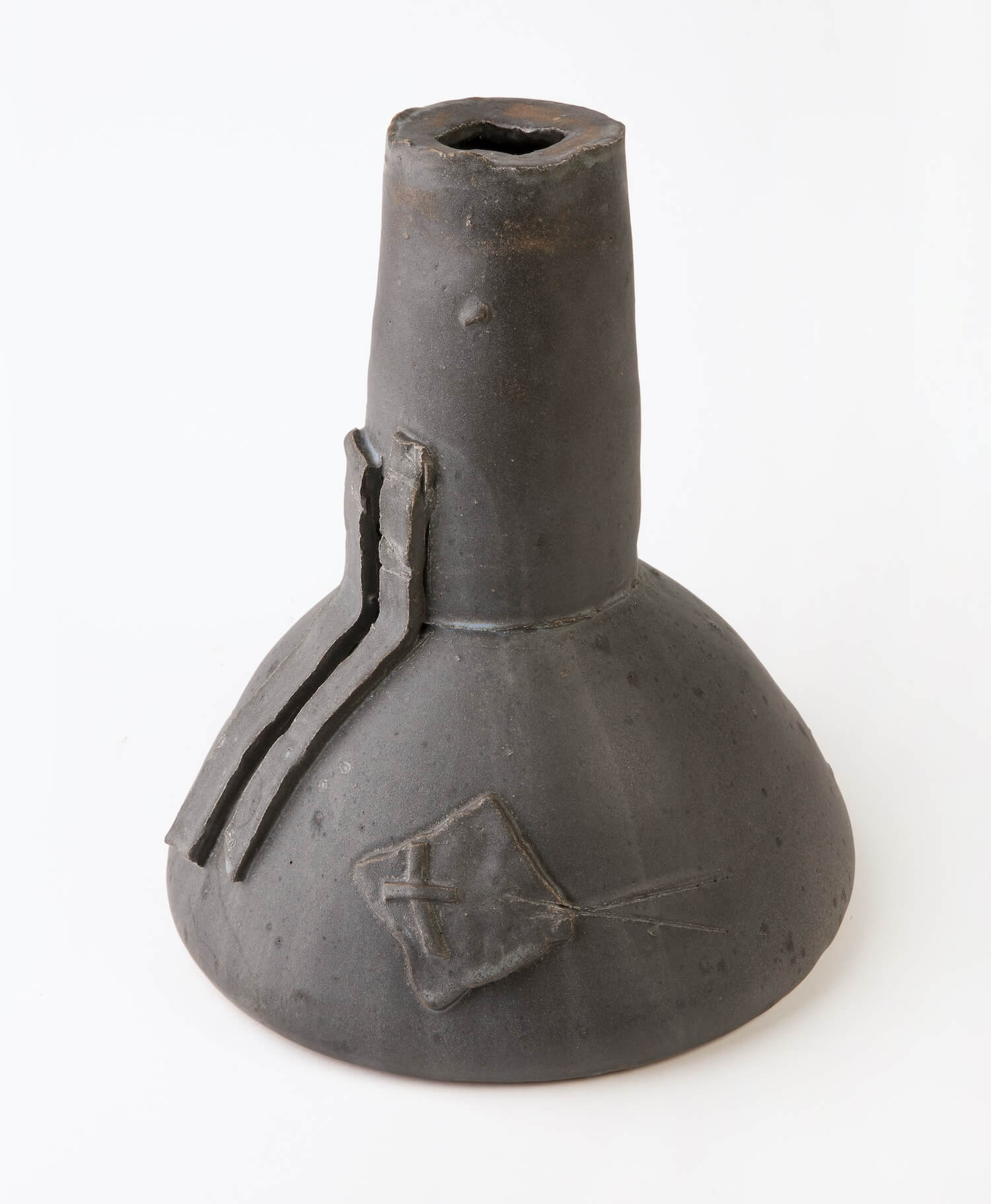
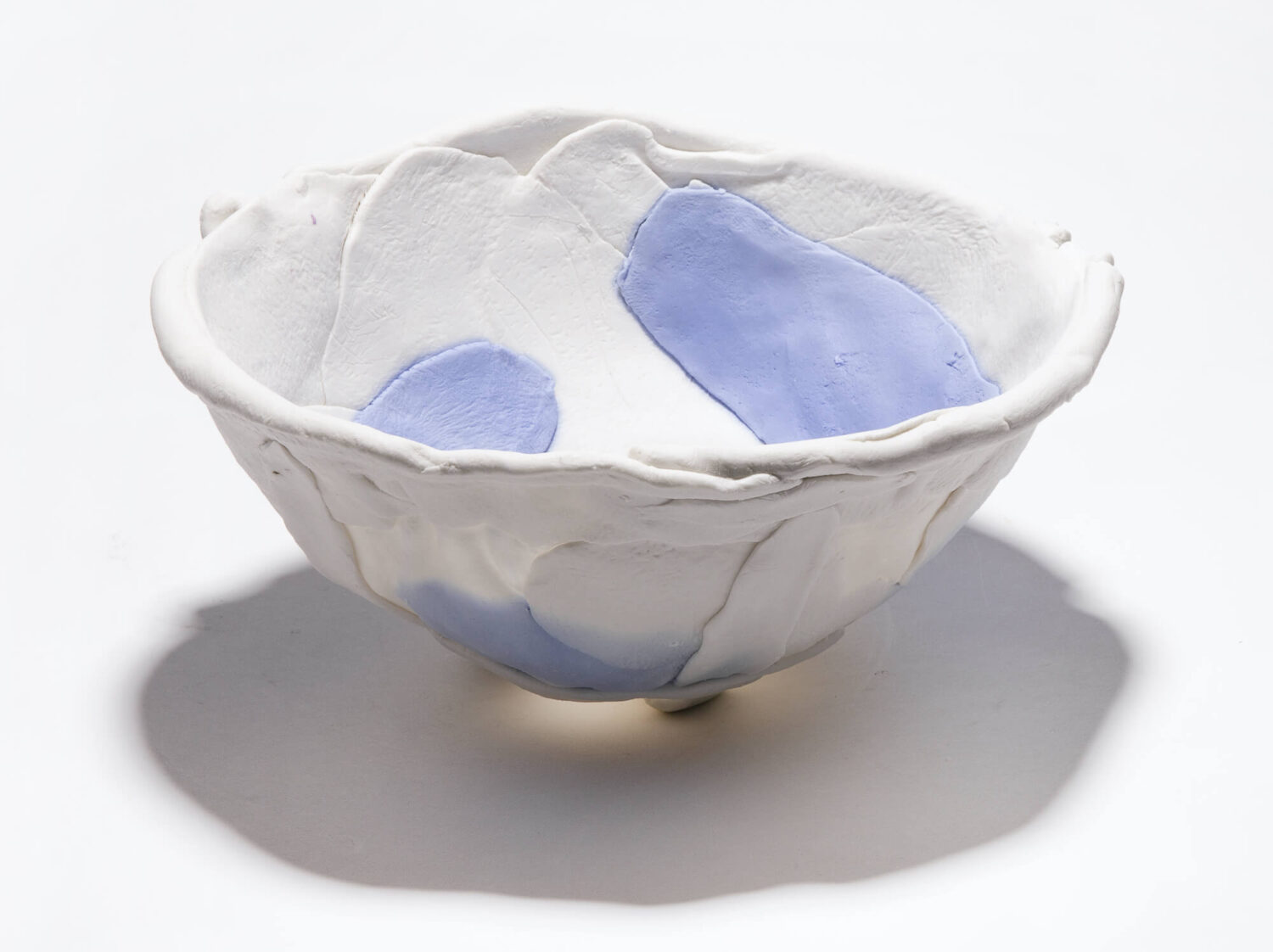
First out was the massive, mind-blowing “Objects: USA,” an amazing collection from the Johnson Wax family showing American craft at its finest. Curated by Lee Nordness, the exhibition traveled for years to every corner of the country, giving Americans their first glimpse of a new age of craft. The catalog from this seminal show remains vital today.
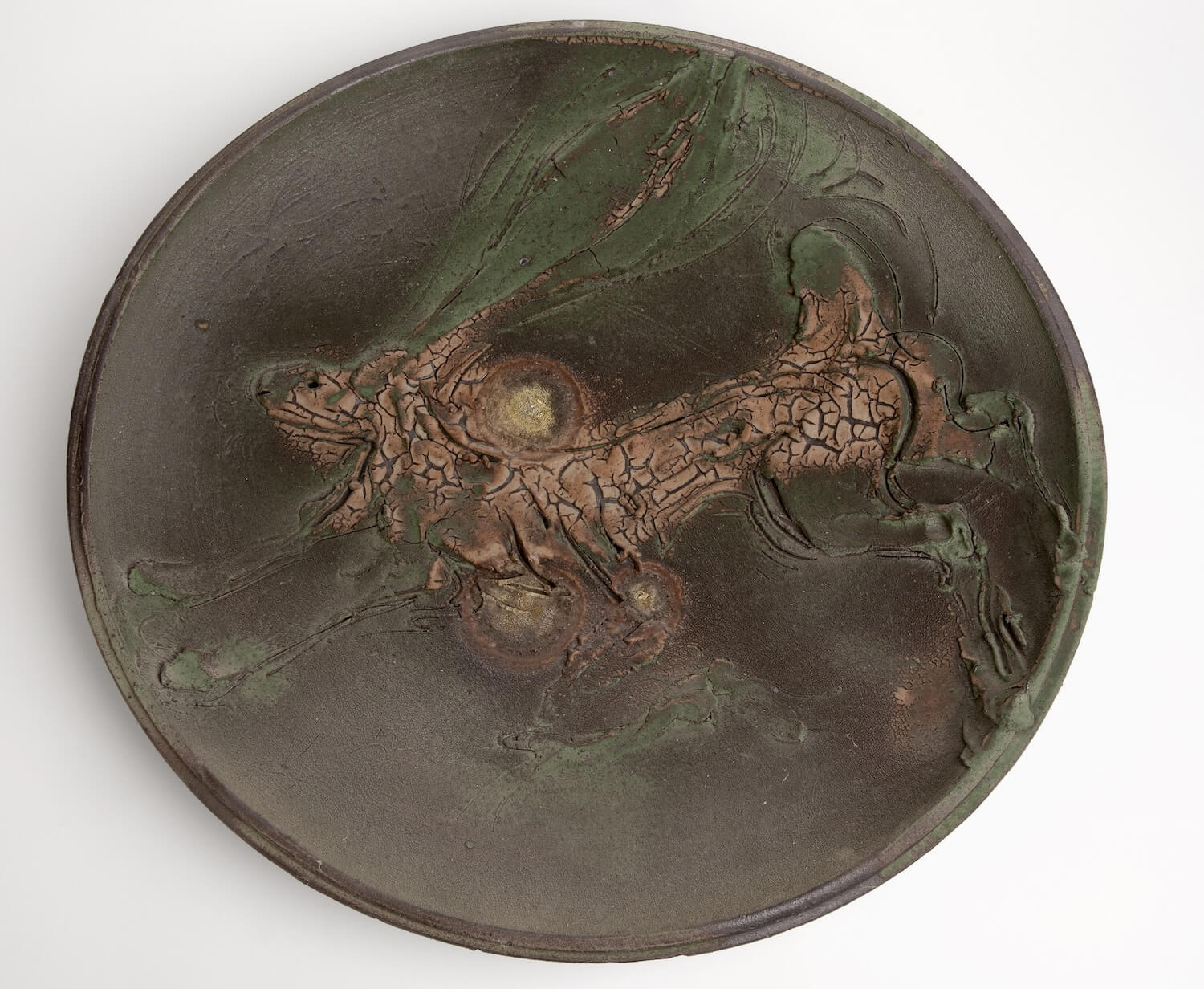
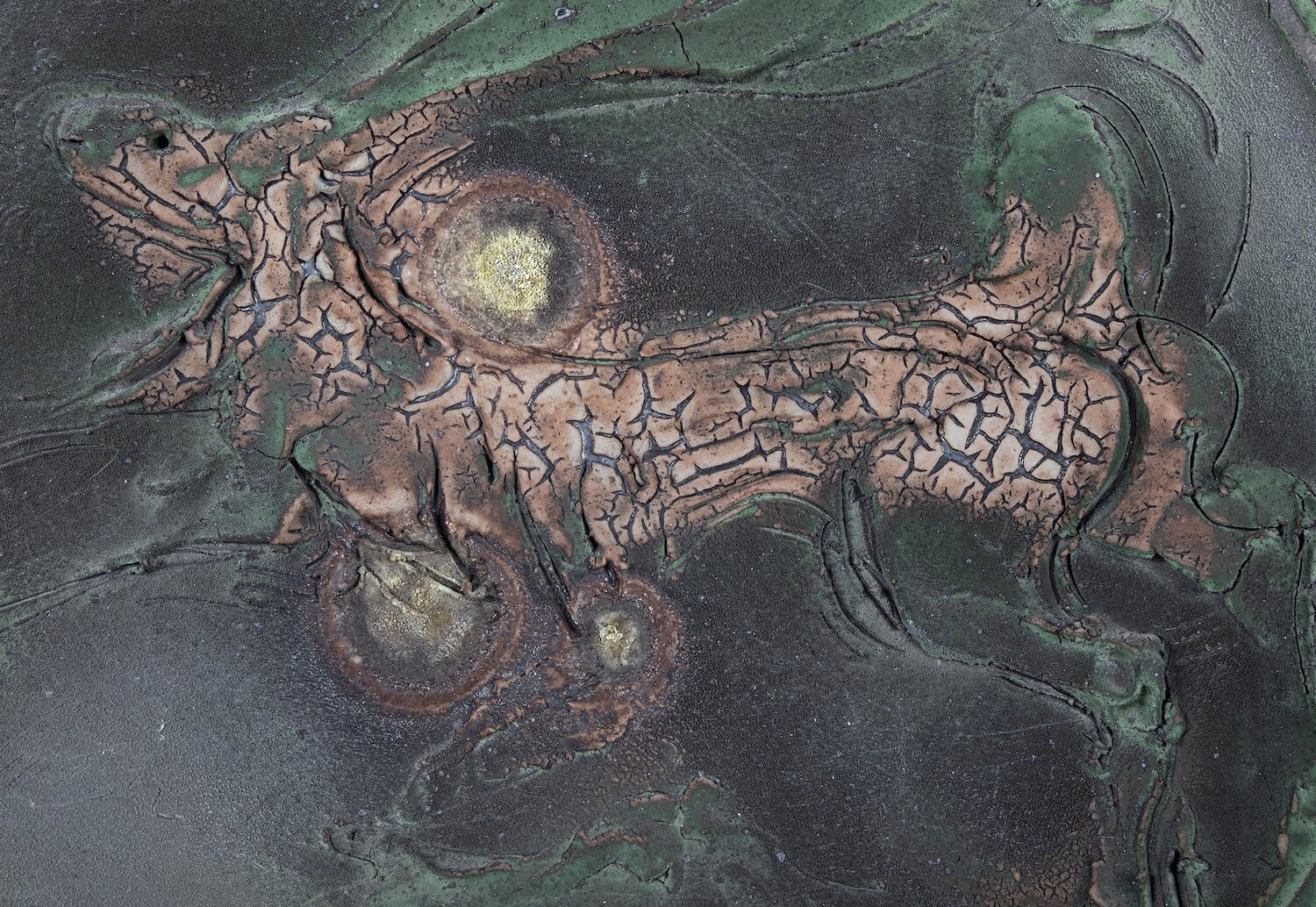
It would be almost a decade before the next blockbuster exhibition, “A Century of Ceramics in the United States: 1878-1978.” Curated by Garth Clark and Margie Hughto, this show opened at the Everson Museum in Syracuse and then traveled for years. A film of the exhibition narrated by Orson Welles looped endlessly on PBS, influencing generations and is still running to this day. The catalog from the “Century of Ceramics” show became the collector’s bible and remains an essential reference, cited in any significant study of ceramics published today.

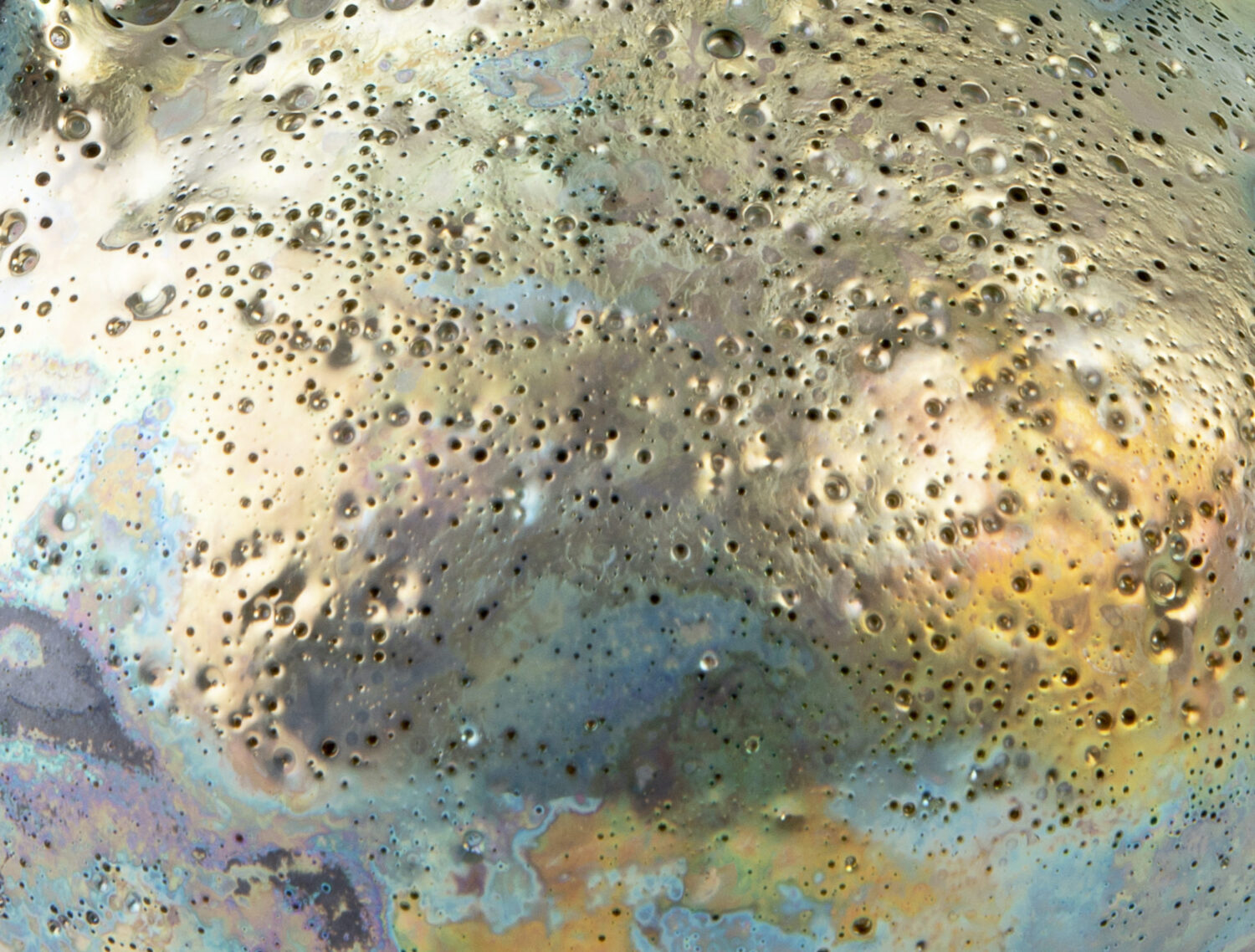
“The Contemporary American Potter” opened in 1980 at the University of Northern Iowa Gallery of Art (now the Stanley Museum of Art). Garth Clark’s exhibition focused solely on the American Potter and astounded audiences by demonstrating pottery’s potential as an art form on its own terms. After touring for nearly three years by the Smithsonian Institution Traveling Exhibition Services (SITES), the show left audiences wanting more.
Collectors and dealers, a special group who understood what was happening and wanted to share it with their local clientele and friends, led to further development for American ceramics. They were few but dedicated, and their connection with the artists ran deep. In 1973 Barbara Okun opened her first gallery in St Louis, showcasing contemporary paintings, sculpture, and eventually ceramics.
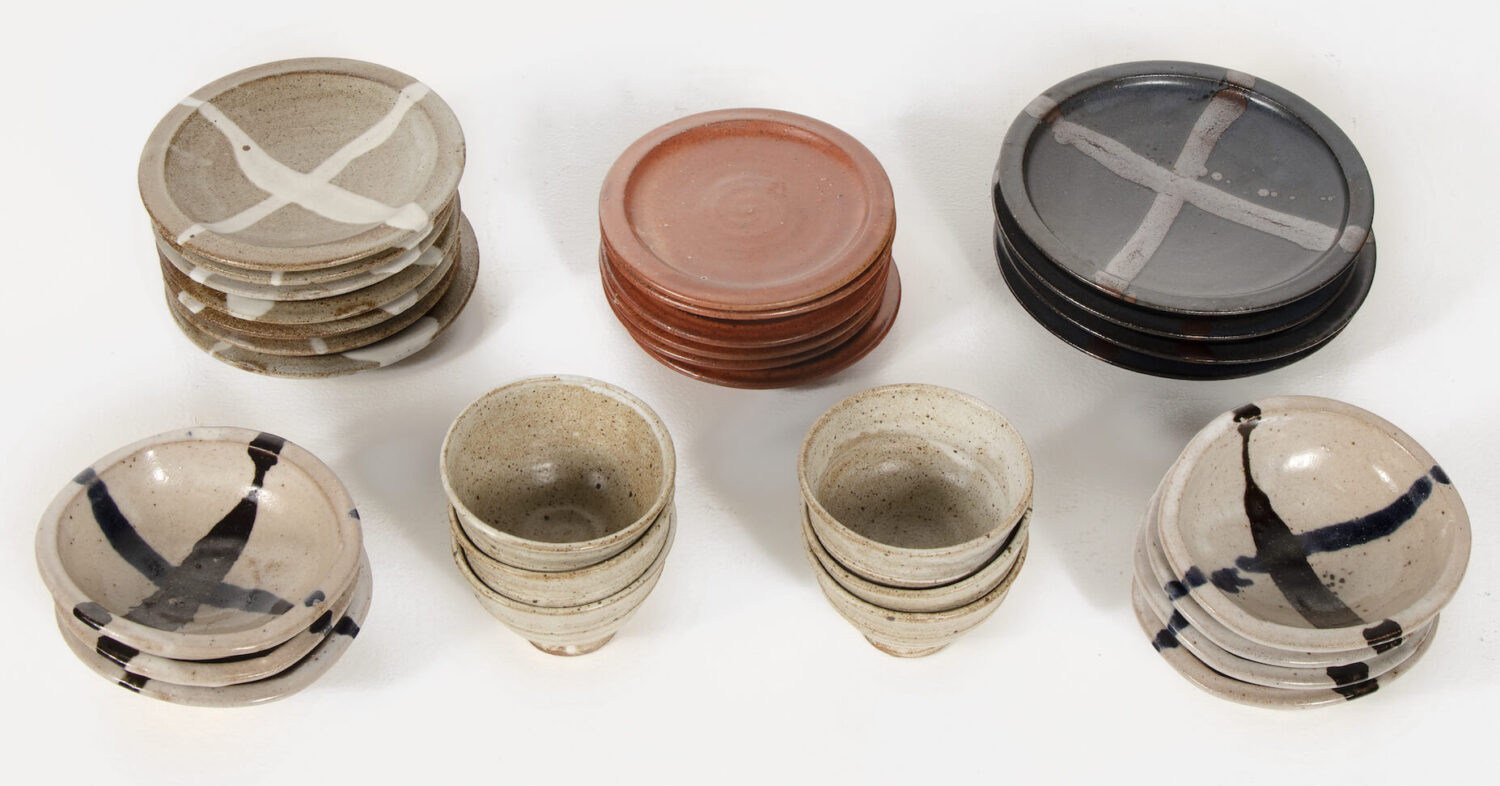
In 1979 she formed a partnership with Sissy Thomas, opening the Okun-Thomas Gallery and adding more masters of ceramic art. Having rotating exhibitions for nearly a decade, Okun-Thomas brought to St Louis not only the artwork, but also the artists, who would then have the opportunity to meet the collectors who appreciated and acquired their work.
Strong relationships would grow between all, keeping this world friendly and supportive. One piece in the Okun’s collection, Betty Woodman’s “St Louis Carp Platter,” inspired by the colorful fish at the Missouri Botanical garden, earned its name after being used to serve carp at one of the opening receptions.
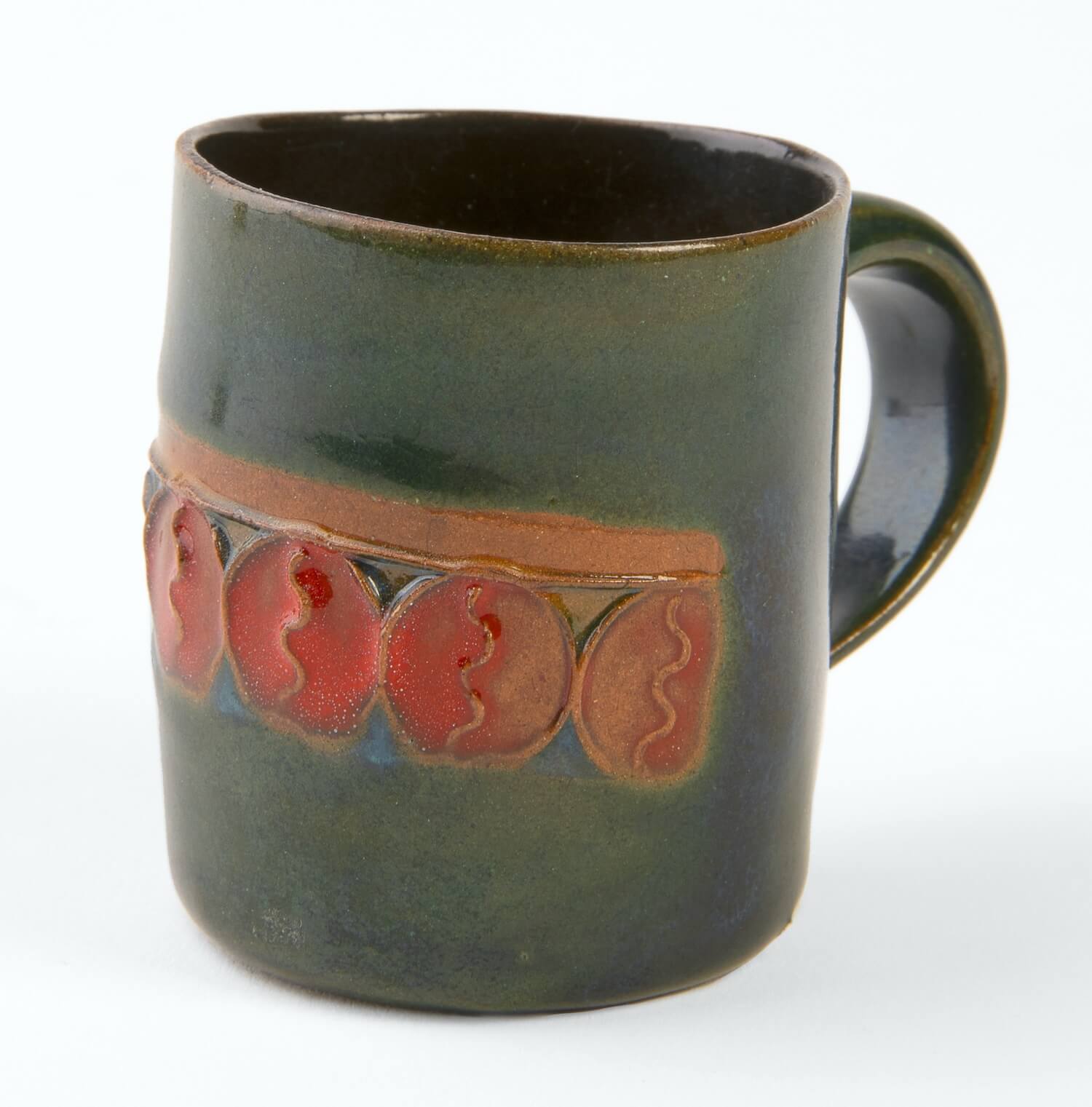
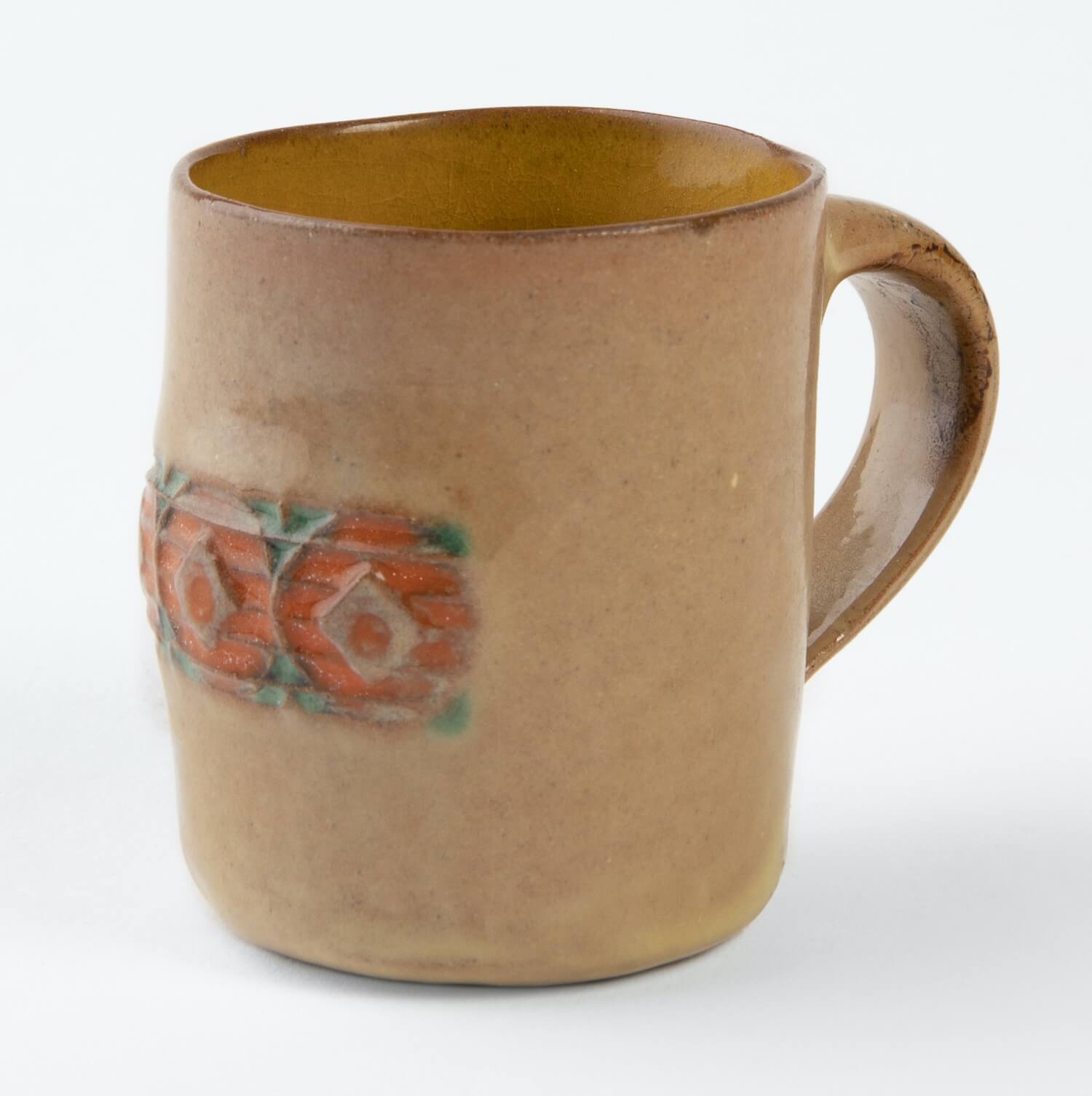
Starting their collecting in the late 1950’s, Barbara and her husband Ed assembled a collection of work in all mediums, but there was a special “vein of gold” in the ceramics they acquired. In 1991 the couple moved to the Santa Fe community of Tesuque, where they, working with the architect Charles F. Johnson, created a uniquely sculpted contemporary Pueblo style home overlooking the New Mexican Badlands. This majestic home showcased the collection with incredible sensitivity, taking you from room to room, always with a scenic view on one side and a point of view in art on the other.
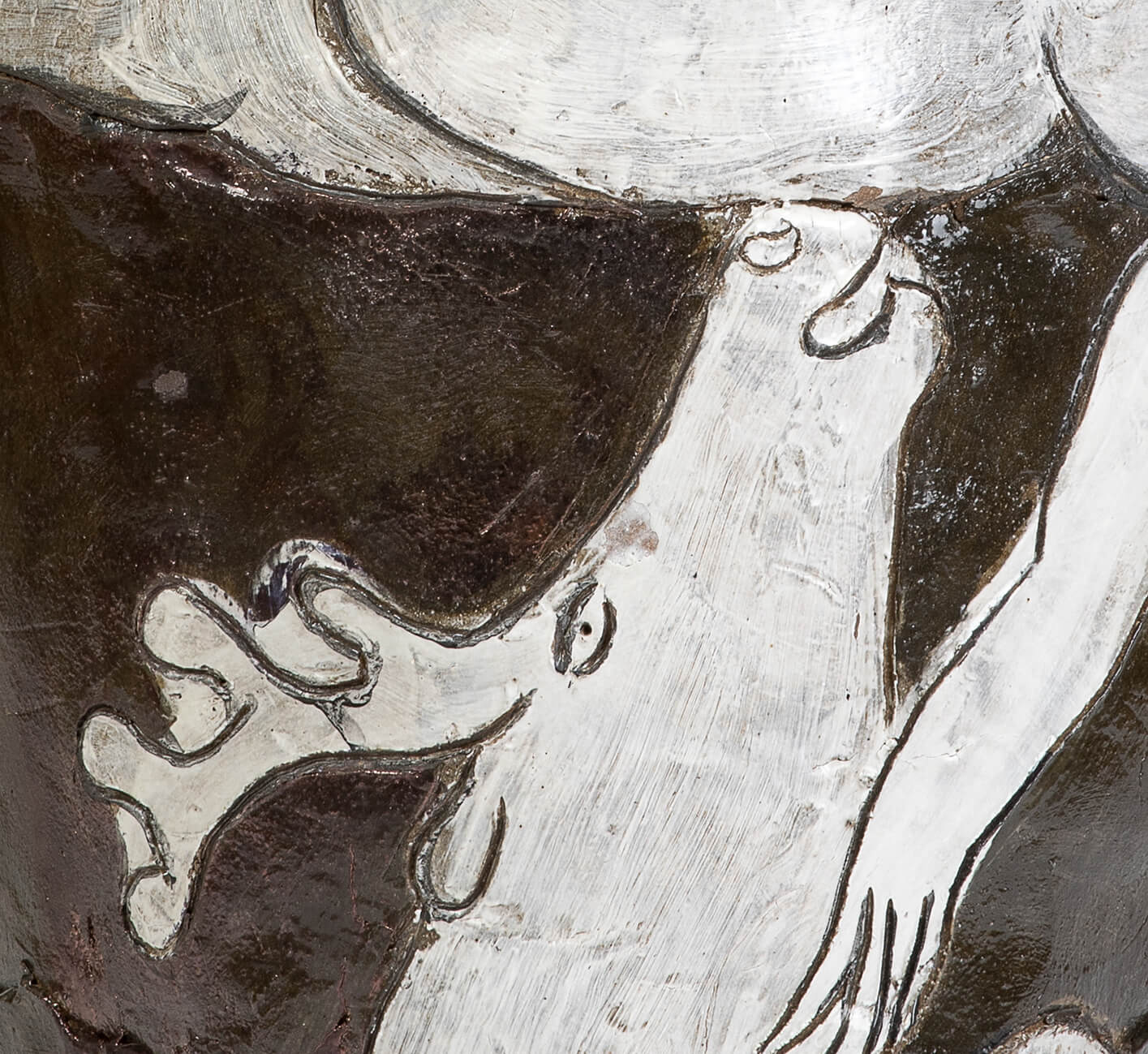
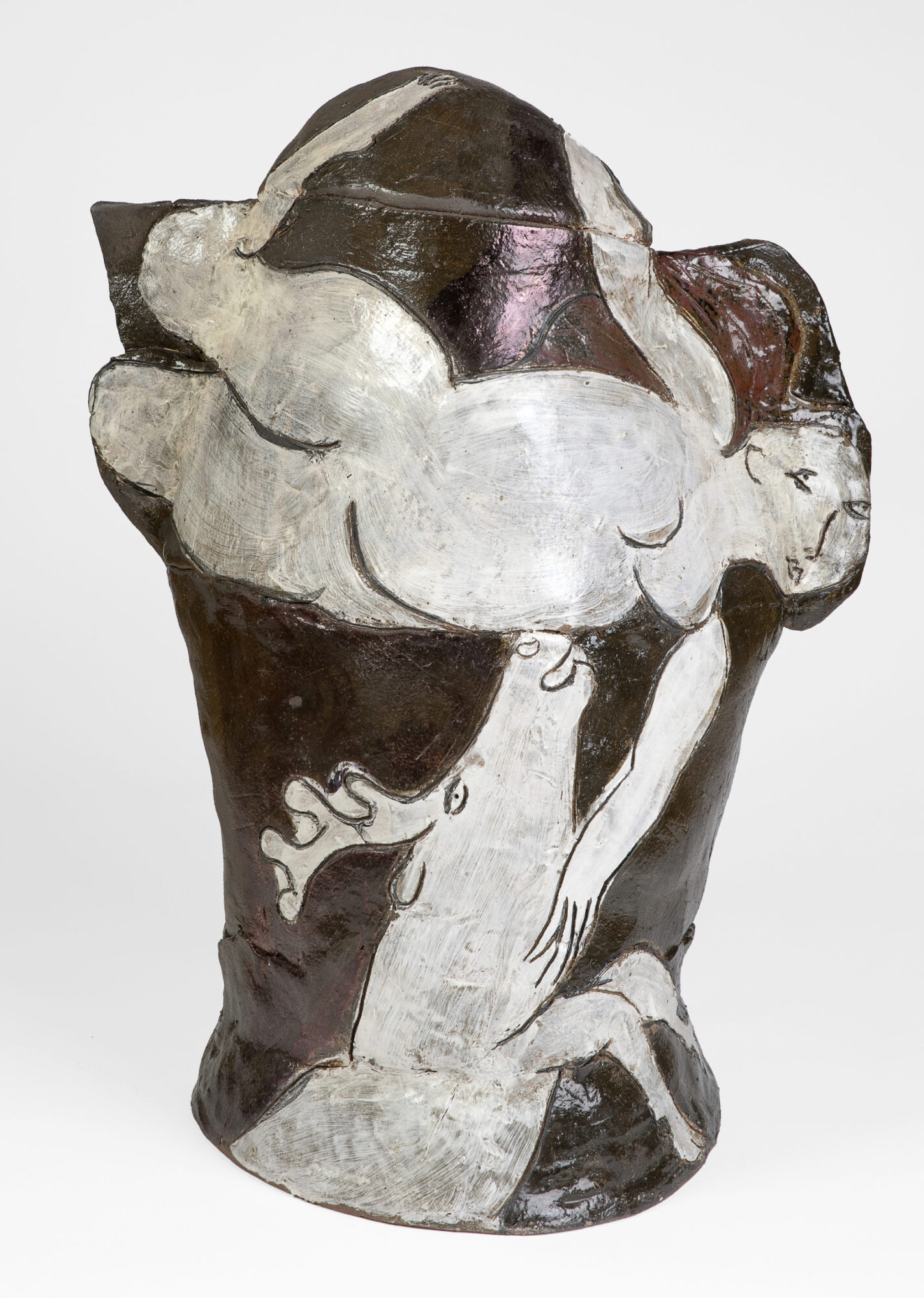
Barbara and Ed opened the Okun Gallery of Contemporary Art in Santa Fe in 1992 and continued exhibiting their aesthetic to a new part of the country. Barbara passed away in 2007 and Ed eventually divided his time between downtown Santa Fe and the home in Tesuque where the collection remained installed until this year. Living in town, Ed had more access to the art world he loved, the museum and gallery openings, dinners with artists, and Santa Fe friends. Ed passed away in 2019. A beloved couple, Barbara and Ed Okun will both be remembered as part of the original Santa Fe inner art circle.
Barbara and Ed Okun played a national role in the evolution of ceramic art and contemporary craft. Working on the Boards at numerous institutions for over two decades, and introducing new art in Barbara’s three galleries, they were key figures in the development of a greater sophistication in the field. Barbara launched many artists who are now considered masters in their respective fields and their dedication to assisting younger artists helped to ensure that future generations would grow.

This opportunity to look into a captured slice of late 20th century American ceramic art will not happen again. Seeing this American aesthetic, still together with artworks that speak to one another of time, place and ambition, is something that usually only happens in museums.
This catalog of the Barbara and Ed Okun Ceramics Collection celebrates and keeps alive a memory of what Americans can achieve. Whether they create the work or support the artist, they all contribute to the virtues of American life.
Mark Del Vecchio, Curator
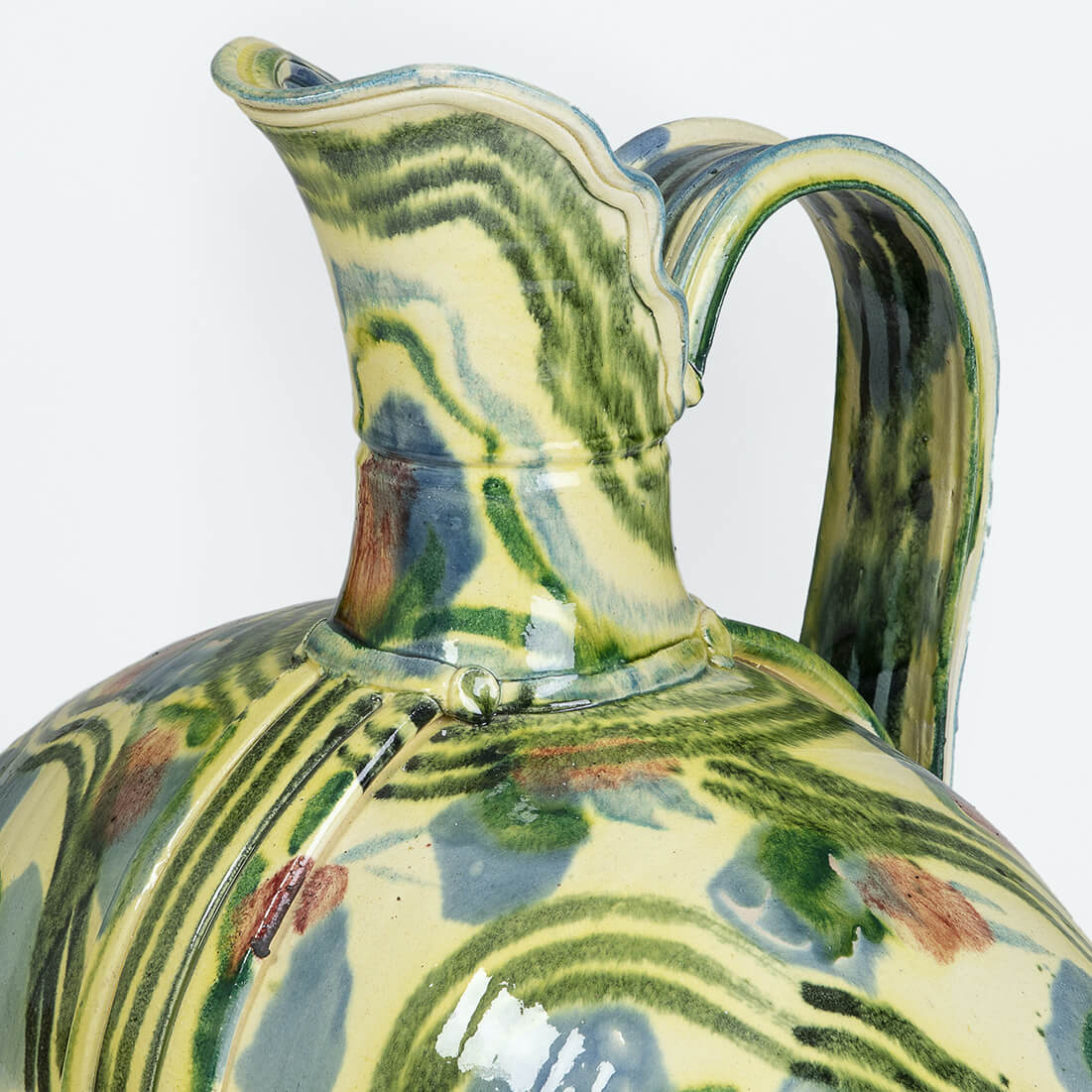
A visual delight! Thank you!
Mark really beautiful written.
Love from Amsterdam.
You knew most of them Babs, much love from Santa Fe! M & G xxox
Mark. Beautifully written. Through your words, I can see Bobby and Ed. Where to purchase this catalogue.
Thank you,
Lynn
Thanks Lynn. The catalog is only available via a link which has been added to the end of the article above. Viewed full screen, it is a delight!!
Is American ceramic artist and author on Raku books Hal Riegger included? I have a chawan and a small sculpture by hal. The chawan was made in a 1984 workshop in vancouver BC
Alas Hal Riegger is not included as he was not part of the collection all these works came from. Good luck finding more Riegger’s!